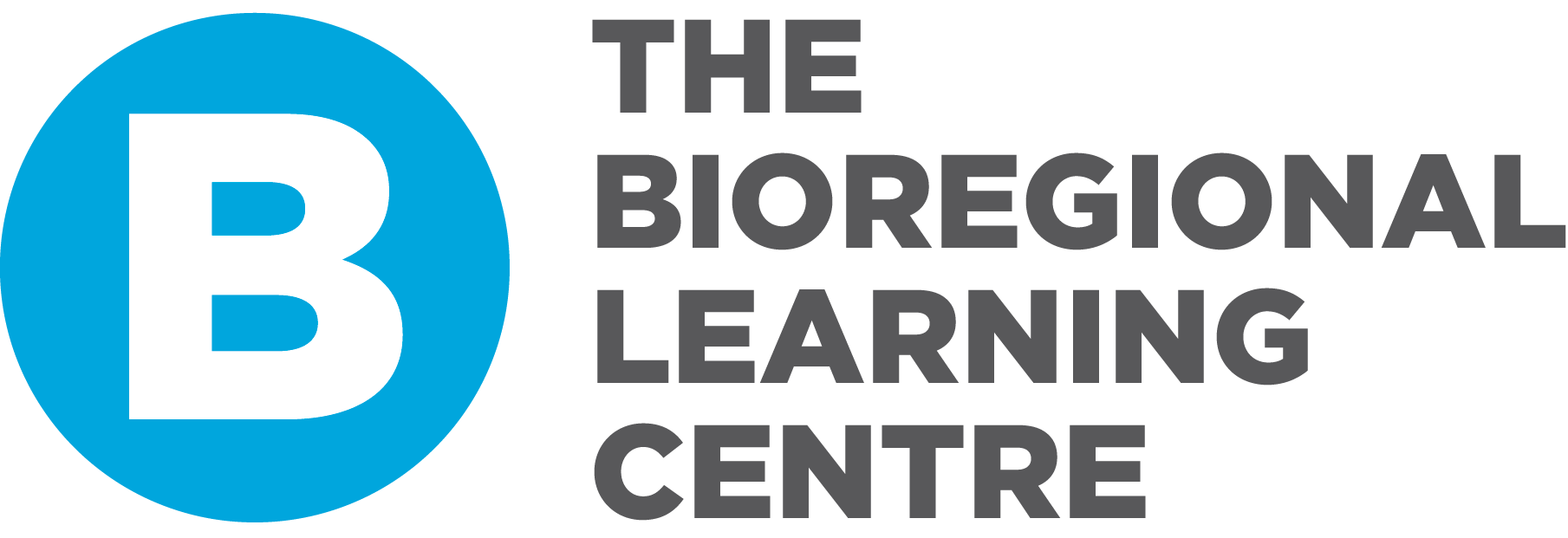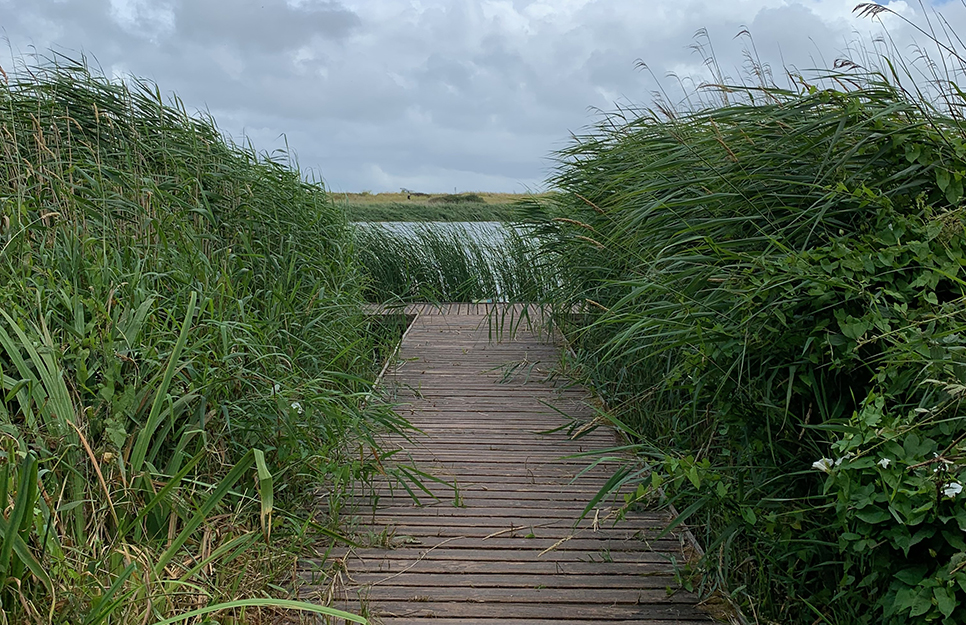
by Bridie Kennerley | Apr 23, 2024 | Uncategorized
As we at the Bioregional Learning Centre move towards this summer’s Learning Journey on climate adaptation in the South Hams, we’ve been thinking carefully about how we want to move within the space of this complicated topic and what principles we want to hold...
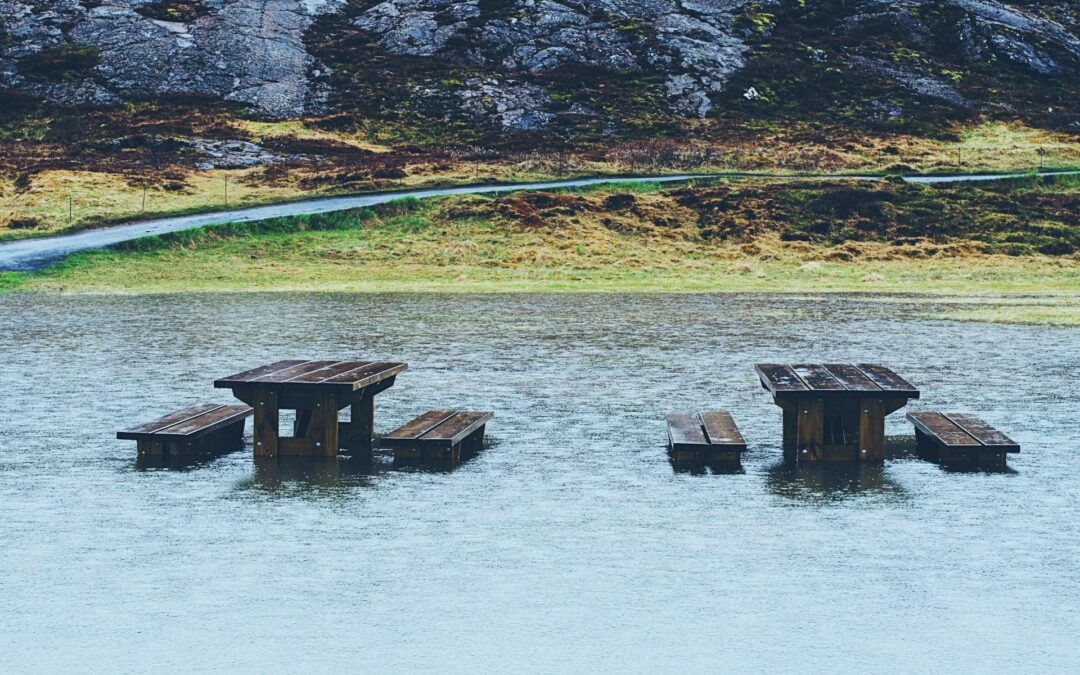
by Bridie Kennerley | Mar 18, 2024 | Climate Adaptation series
Thanks to funding from South Hams District Council (SHDC), the Bioregional Learning Centre is now embarking on a collaborative project with Sustainable South Hams (SusSH) to raise awareness of climate adaptation and show communities how they can plan ahead. In...
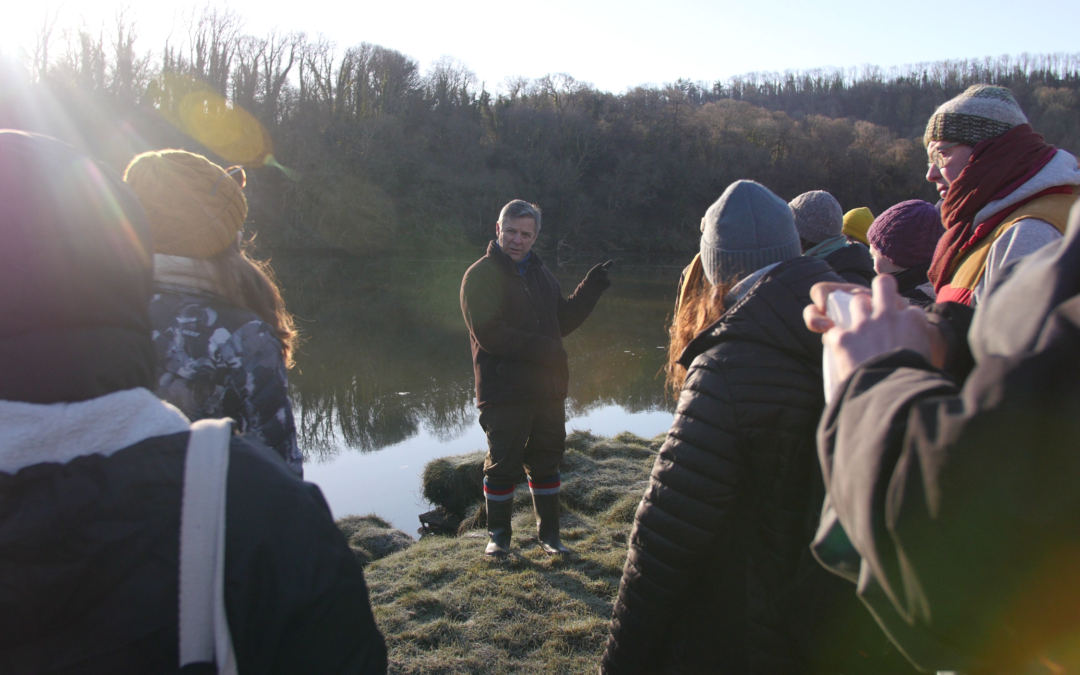
by Jane Brady | Feb 6, 2024 | Saltmarsh series
Earlier this month, Schumacher College’s Ecological Design Thinking class joined BLC, Saltmarsh Project team members, Natural England’s Simon Tame and Sharpham Director Julian Carnell on a unique learning experience at Sharpham. They met down at the...
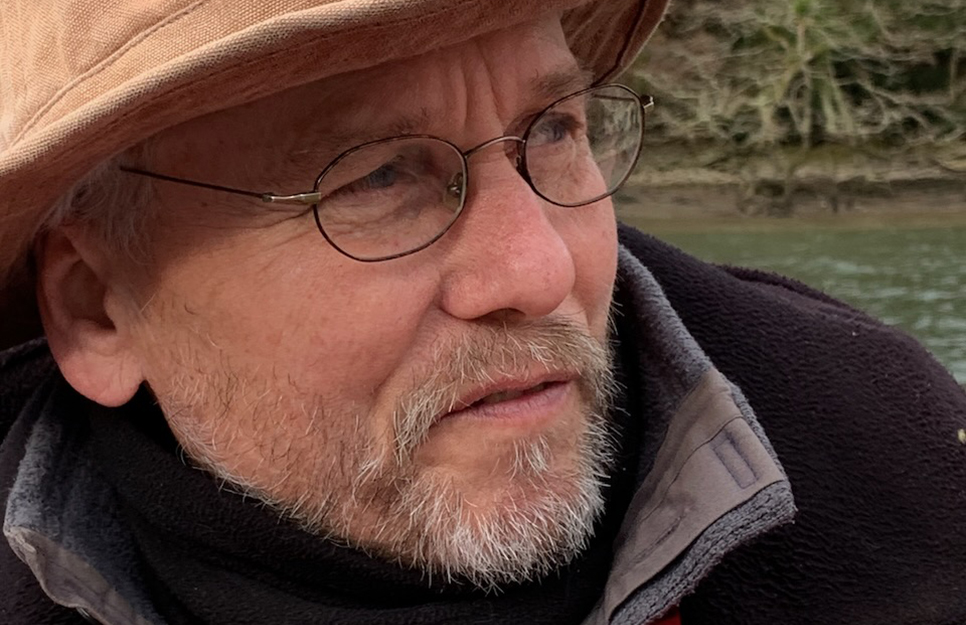
by Jane Brady | Feb 6, 2024 | Saltmarsh series
A conversation with Nigel Mortimer, Estuaries Officer at South Devon National Landscape. Nigel is a key member of the project team for Living Dart: The Saltmarsh Project. Tell us a bit about your background and how you acquired all this knowledge about...
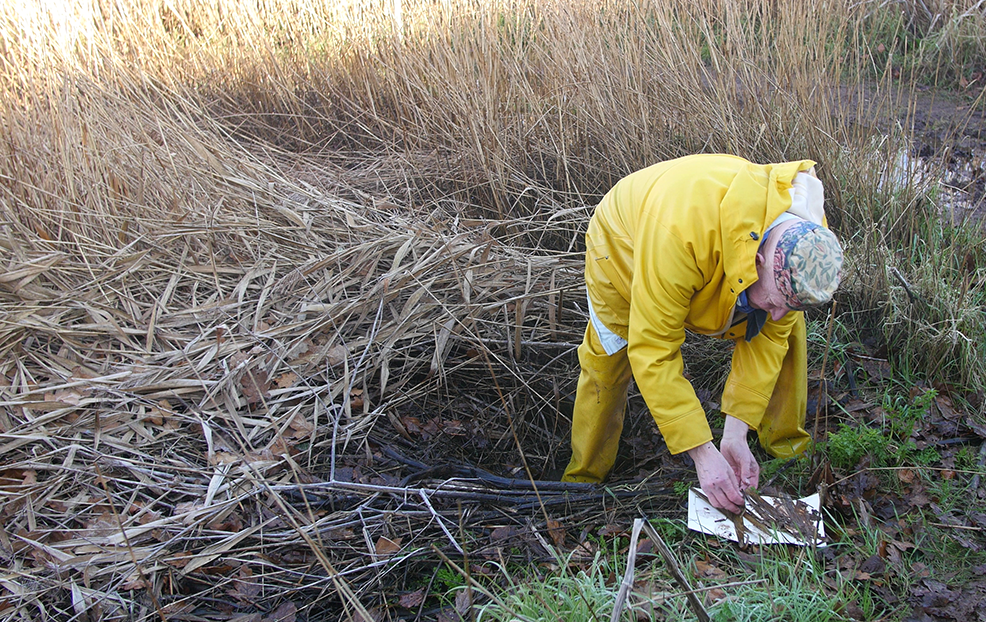
by Jane Brady | Jan 24, 2024 | Saltmarsh series
A conversation with local artist and collaborator Ivan Grieve. Ivan is one of five local artists participating in Phase 2 of Living Dart: The Saltmarsh Project. After an introduction to the saltmarshes surveyed by the project team in and around Totnes, Dittisham and...
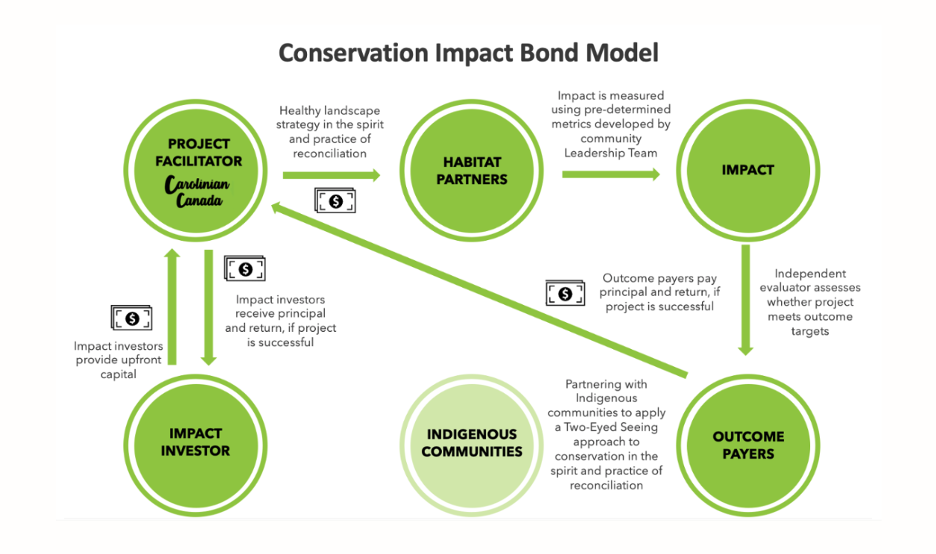
by Isabel Carlisle | Sep 7, 2022 | Learning series
Deshkan Ziibi Conservation Impact Bond model (source DZCIB Story Map) Part 3 of Bioregions as a Framework of Value This is the third and last in our series of blogs that explore landscape-scale regeneration and how it can be accelerated. It is also a synthesis of our...
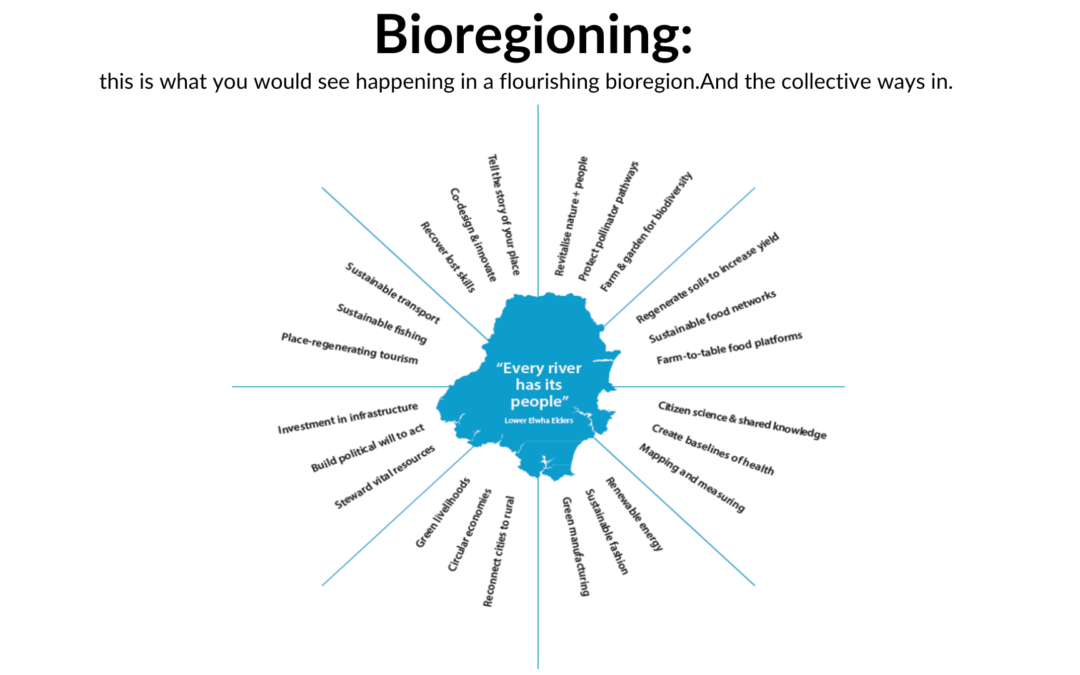
by Isabel Carlisle | Jun 7, 2022 | Learning series
Fig 1. An example map showing indicators to track towards regenerative goals. Drawn from work by the Bioregional Learning Centre, Devon. Part Two of Bioregions as a Framework of Value In our last blog — a survey of our current climate change predicament and the role...

by Isabel Carlisle | May 17, 2022 | Learning series
Source: Statistica That we live in a world of momentous upheaval and rapid change is not news. What is unprecedented is the scale to which climate change is upending long-held assumptions about how our societies and economies function, including our geo-political...
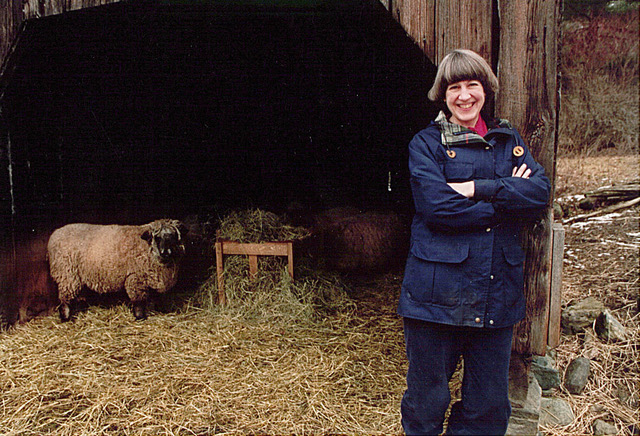
by Isabel Carlisle | Feb 2, 2022 | Learning series
The bioregional vision of Donella (Dana) Meadows has been a guiding one for the Bioregional Learning Centre in South Devon. To mark our five-year anniversary we are publishing it here for the first time, with permission from the Academy for Systems Change that...
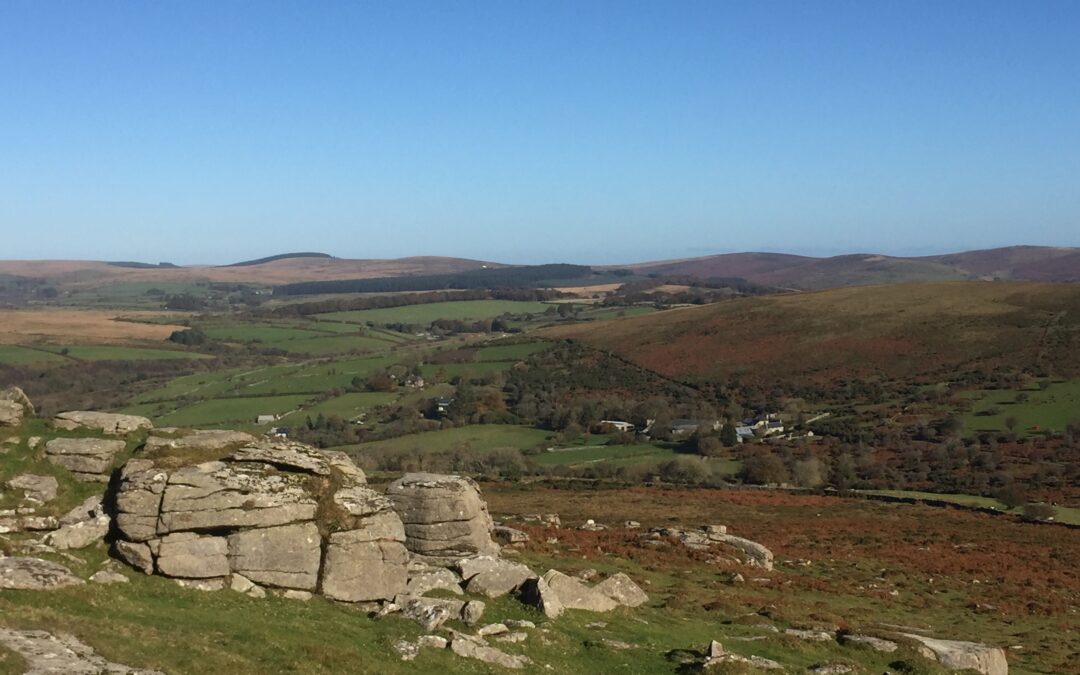
by Isabel Carlisle | Dec 14, 2021 | Learning series
The challenges that we face as a species today are systemic and global: think climate change, species extinction, failing freshwater resources, pandemic. At bioregional scale the response is systemic and local. An easy thing to say but not so easy in do in practice....











